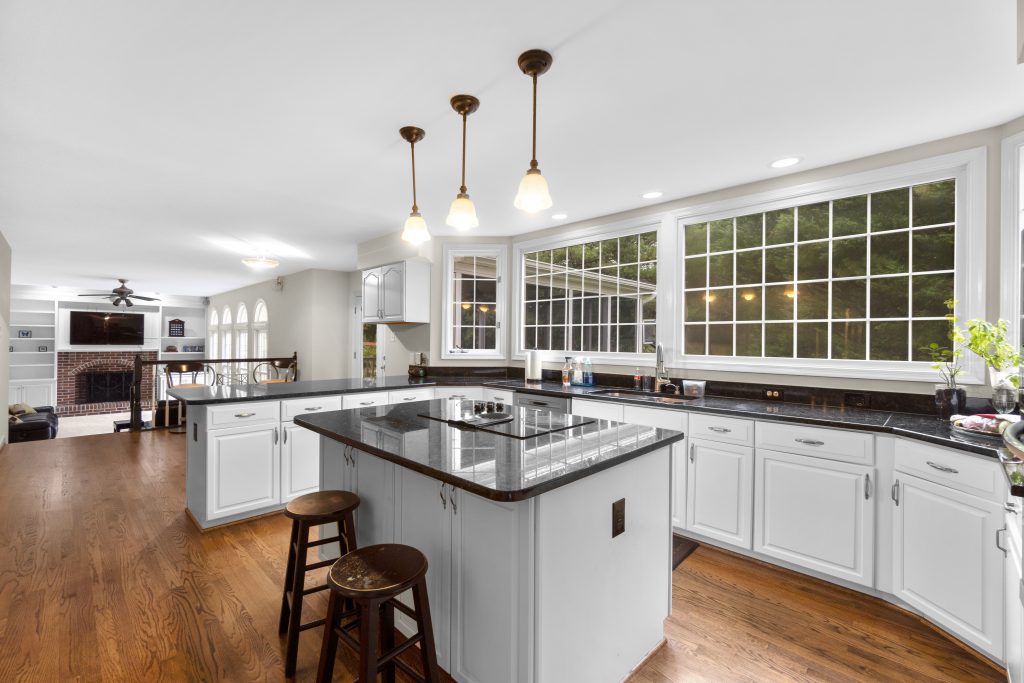For the best real estate flambient photos, lighting plays an important role in the success of its performance. So that professional photographers have to take advantage of additional equipment like Flash to get better results for their shooting. Check out our special tips below to become a master in lighting for real estate photography.
4. Use Decoration’s Light to Add Value and Character

Sometimes homeowners would like to add some decoration to make the selling point or the character of the property. It may be some light fixtures or wall art, these small things have the power to make your property shine.
While the light fixtures can affect the color of the room, we can have some solution to reduce the refect and get the right exposure:
First option — use natural light and a bounced flash to fill the shadows in the room.
Second option — try closing the curtains if the light from the window is too strong.
For photographers, it is the challenge to deal with the complex sources of light: the light fixtures, the light coming from the windows, and the flash. Then it is difficult for editors to balance these images.

Nicecolor have some suggestions that you may need to solve this problem:
- Testing the photos first. Looking at the histogram on the camera then try to adjust the exposure.
- Keeping the highlights off to one side to avoid a complete blowout of the area around the lamps or lighting.
- Shooting brackets of exposures. Ambient shot and flash shot to reduce the reflections through the window. Then you can easily merge them into a single HDR image using professional software like Lightroom or Photoshop or you can outsourcing them.
5. Avoid Mixed Lighting of Real Estate Flambient Photos to Eliminate Color Cast Variation

The goal of all photographers is to get the perfect lighting that is uniform and neutral in color for real estate photography.
But, depending on the direction, the size and the style of the property, the time you take the shoot, etc, it requires photographers to change the camera setting for each shot to deal with different light sources.
For example with window shots, when daylight coming through a window is different depending on the hour and the direction of the building. The light from lighting fixtures can be cold or warm depending on the style of the property. And the flashlight is usually daylight.
Since these complex light sources don’t match, it may cause a red and blue cast in your photo. Then you have to spend much time and effort to fix it in the editing phase.
Here are two ways you can avoid color cast:
- The best way to deal with these complex lights to avoid a color cast is to turn off every light. If the only lighting is natural or your own, you can be sure to have uniform light in your photos.
- Try using gel filters if your flash doesn’t match the light fixtures or with the window light.
